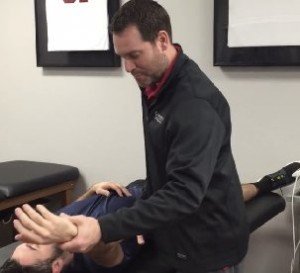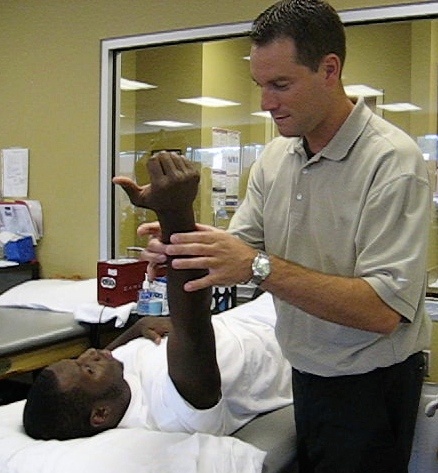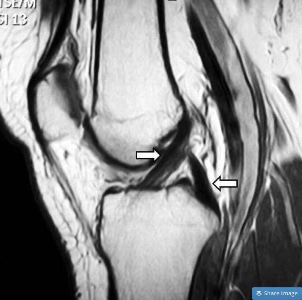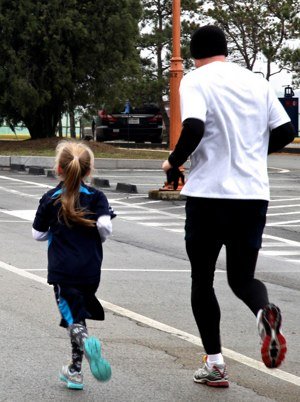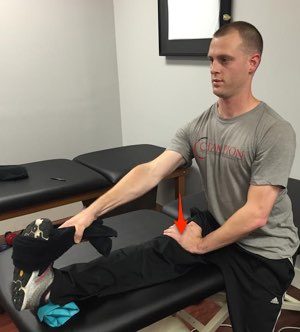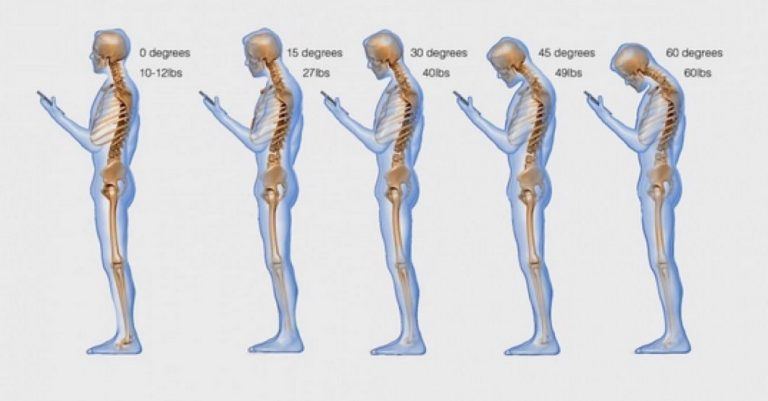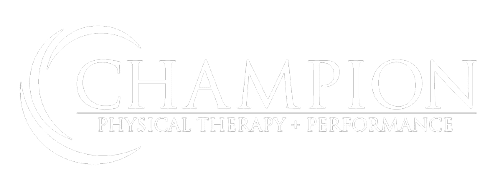The Power of Touch
Lately, I’ve interacted with clients looking to take their game to the next level. Their previous physical therapy was inadequate and they found us through many avenues, whether it be word of mouth, Google search or from another health professional. The common theme for most of them was an inadequate experience in which they would have minimal interaction with the PT or just head straight to the exercise equipment for a ‘workout.’
My background, coming from a busy sports medicine clinic, made some client interactions difficult in the past. I, however, always made time to at least do 10-20 minutes of hands-on manual therapy with each one. All too often, we get complacent and take for granted that patients can do many of their exercises on their own. I then ask, why do they come to PT to do heel slides for self knee range of motion or just some ankle pumps and towel stretching for an Achilles repair?
The Need for Hands-On Therapy

We, as PT’s, have so much power and influence on a patient’s return to function after an injury or surgery. Taking the time to get into the mind of your client and connect on their issues and goals is a skill that most young PT’s need to work on. And for that matter, some veteran PT’s as well.
Beyond that, once you can get a handle on the patient’s presentation and their goals, there’s a sense that the patient is coming to you to ‘fix’ them. There are very few clients that don’t need some form of manual therapy, whether it is simple range of motion, soft tissue work, dry needling or manual resistance exercises. The power of touch that a PT can impart on a patient is often taken for granted. It’s during this time that many interactions, beyond that of the initial evaluation, can reveal so much more about the patient’s issues. Never mind the benefits that the tactile cueing and sensory input can potentially unlock for the patient.
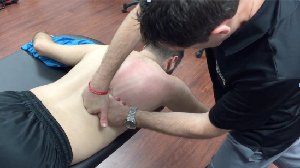
So please, don’t take for granted the power of touch with your patients. It’s what sets us apart from many other professions and is a key variable that can help unleash the endless potential that your patient has inside.

